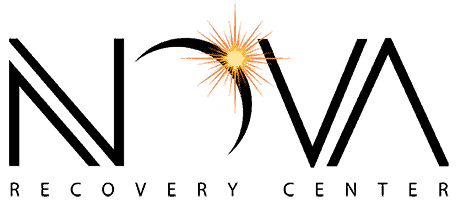Naloxone (Narcan) and Heroin Overdose: What to Know
GET HELP TODAY!
100% Confidentiality Guaranteed


At a Glance: Life-Saving Facts About Narcan (Naloxone)
Rapid opioid overdose reversal — Narcan quickly restores breathing by blocking opioid receptors in the brain.
Safe and non-addictive — It causes no high, has no street value, and is safe for use by non-medical persons.
Available OTC in two easy-to-use forms — Available as a nasal spray or auto-injector; both are simple to use during emergencies.
Short-acting — act fast and call 911 — Narcan works for only 30–90 minutes, so emergency medical help is still critical.
A vital safety tool—not a cure — Narcan saves lives, but sustained recovery requires follow-up treatment to reduce relapse risk.
Table of Contents
What Is Naloxone?
Naloxone, often sold under the brand name Narcan, is a medication that reverses the effects of opioid overdose. It works fast to restore normal breathing when someone has taken too much of an opioid drug like heroin or fentanyl.
Narcan is not a controlled substance. It does not cause a high, and it’s not addictive. That’s why it’s safe for use even by people without medical training. Many police officers, firefighters, and family members now carry it. You can buy it over the counter at stores like CVS or Walgreens.
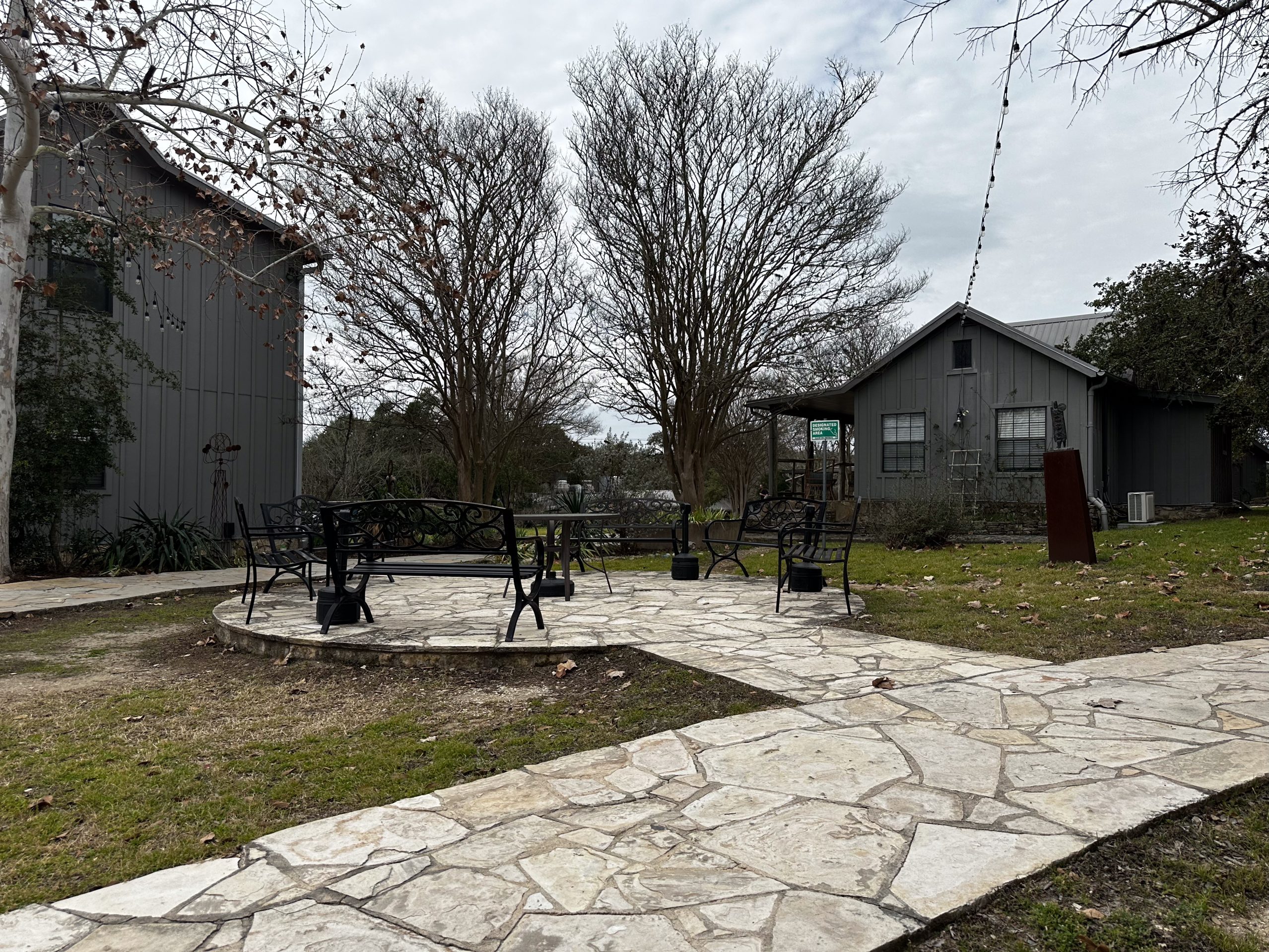
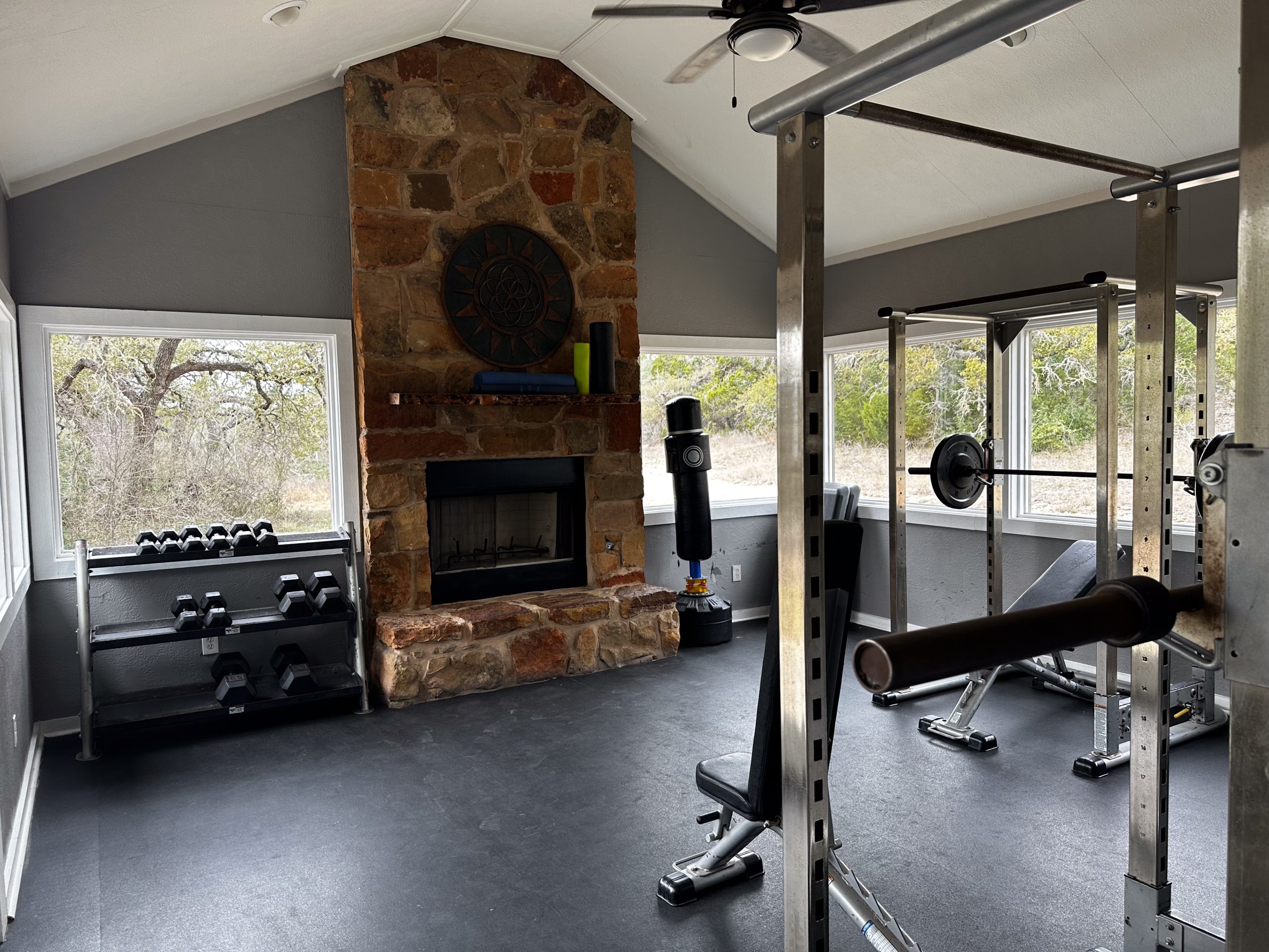
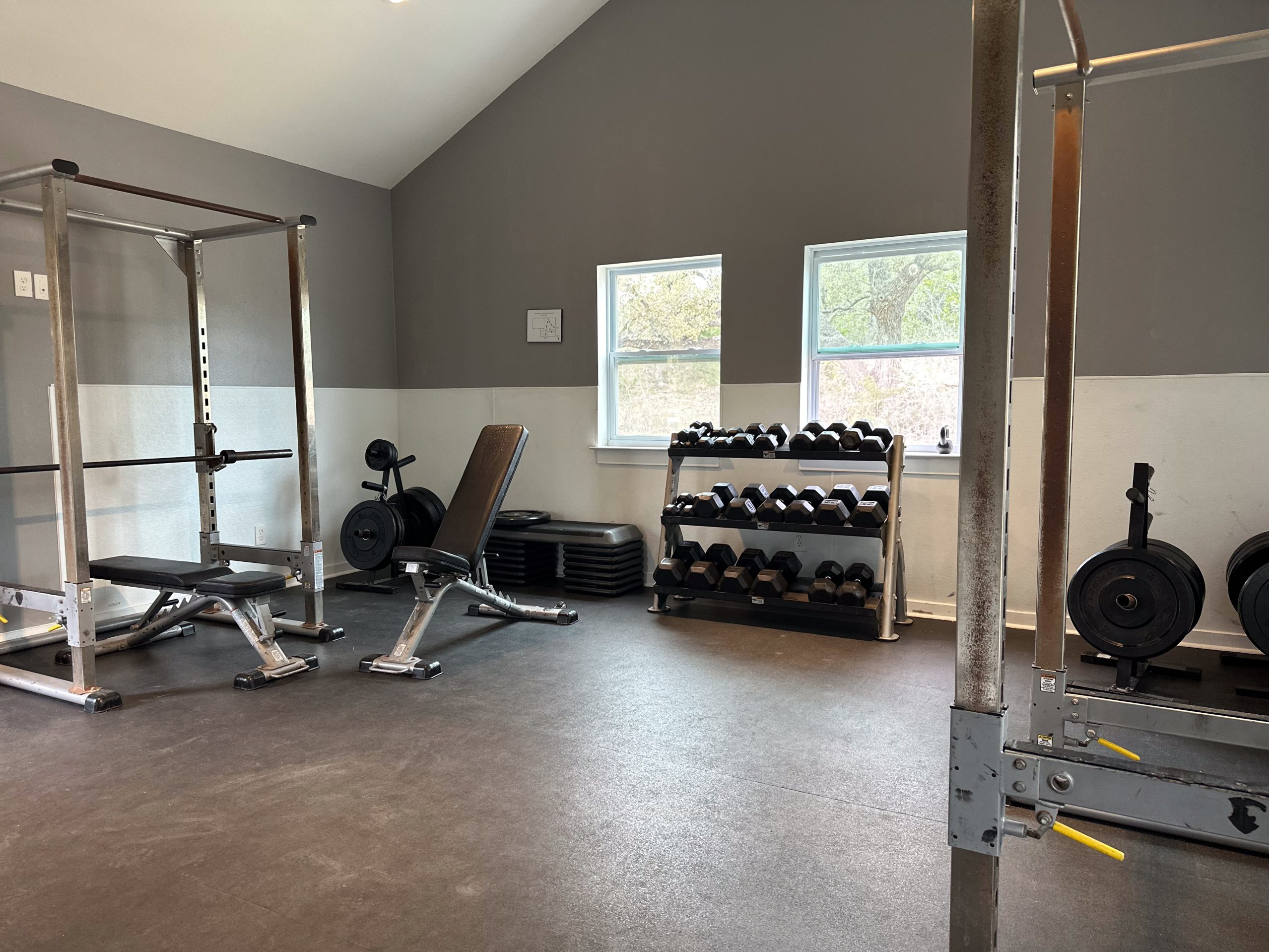
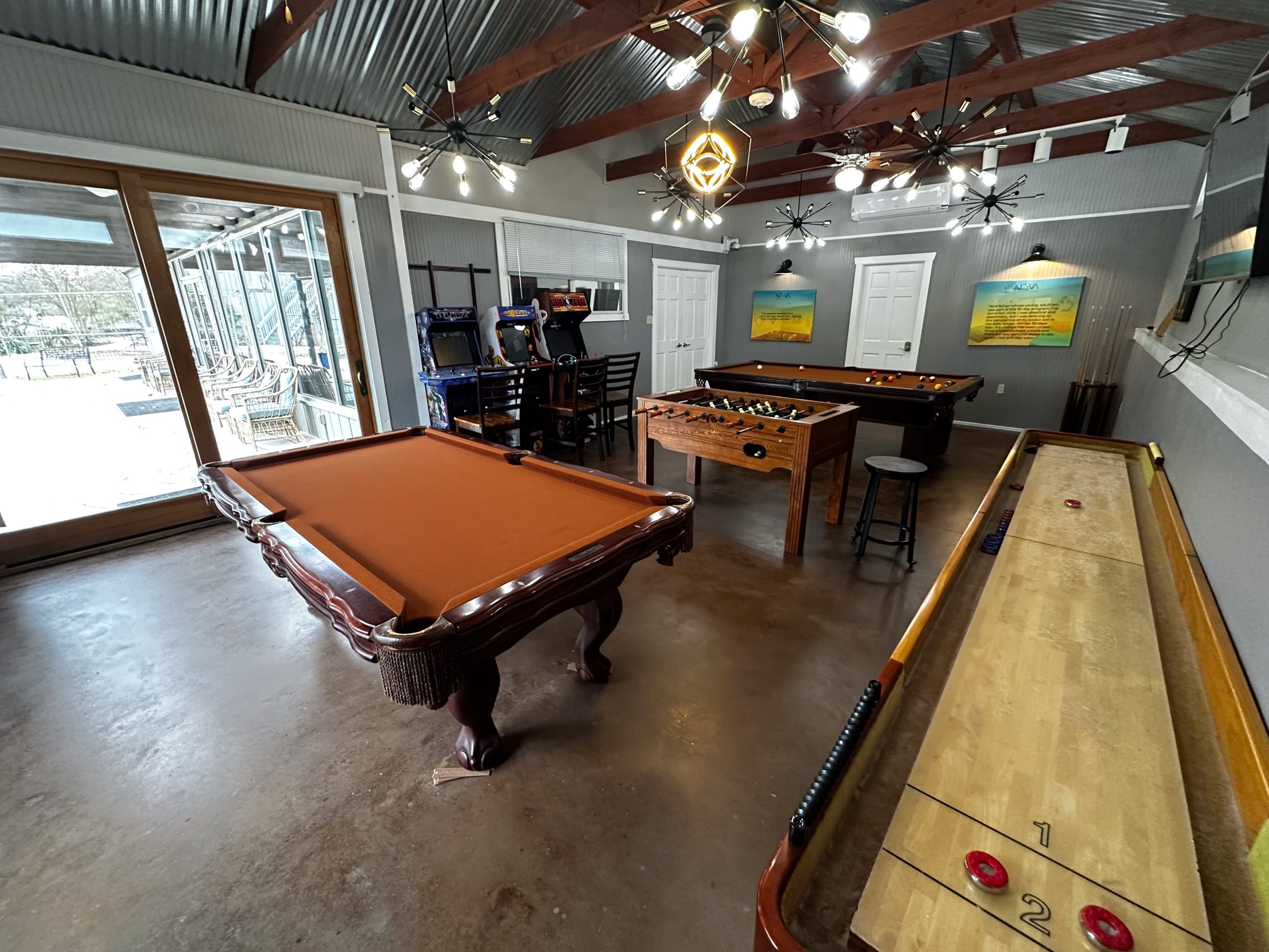
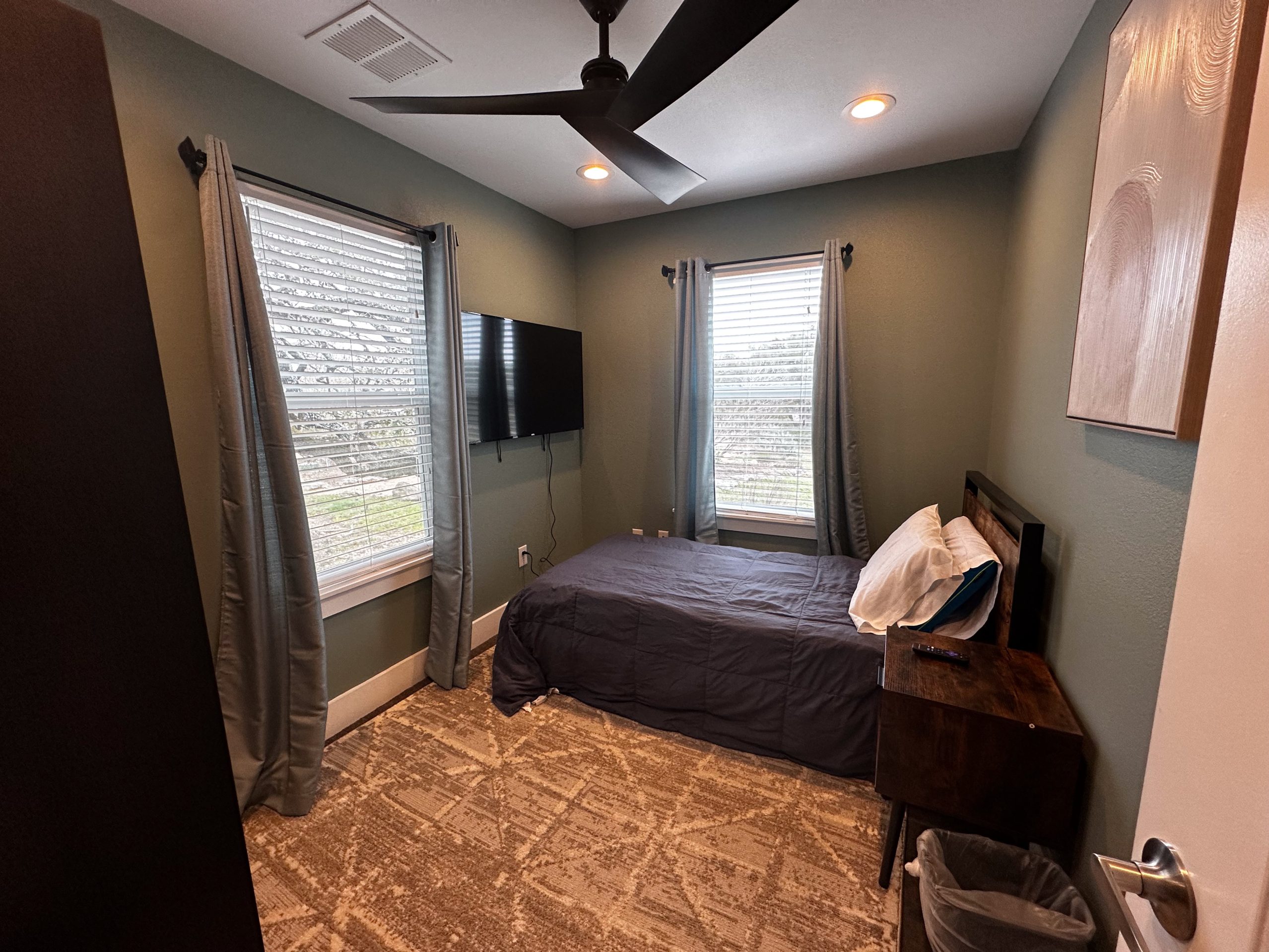
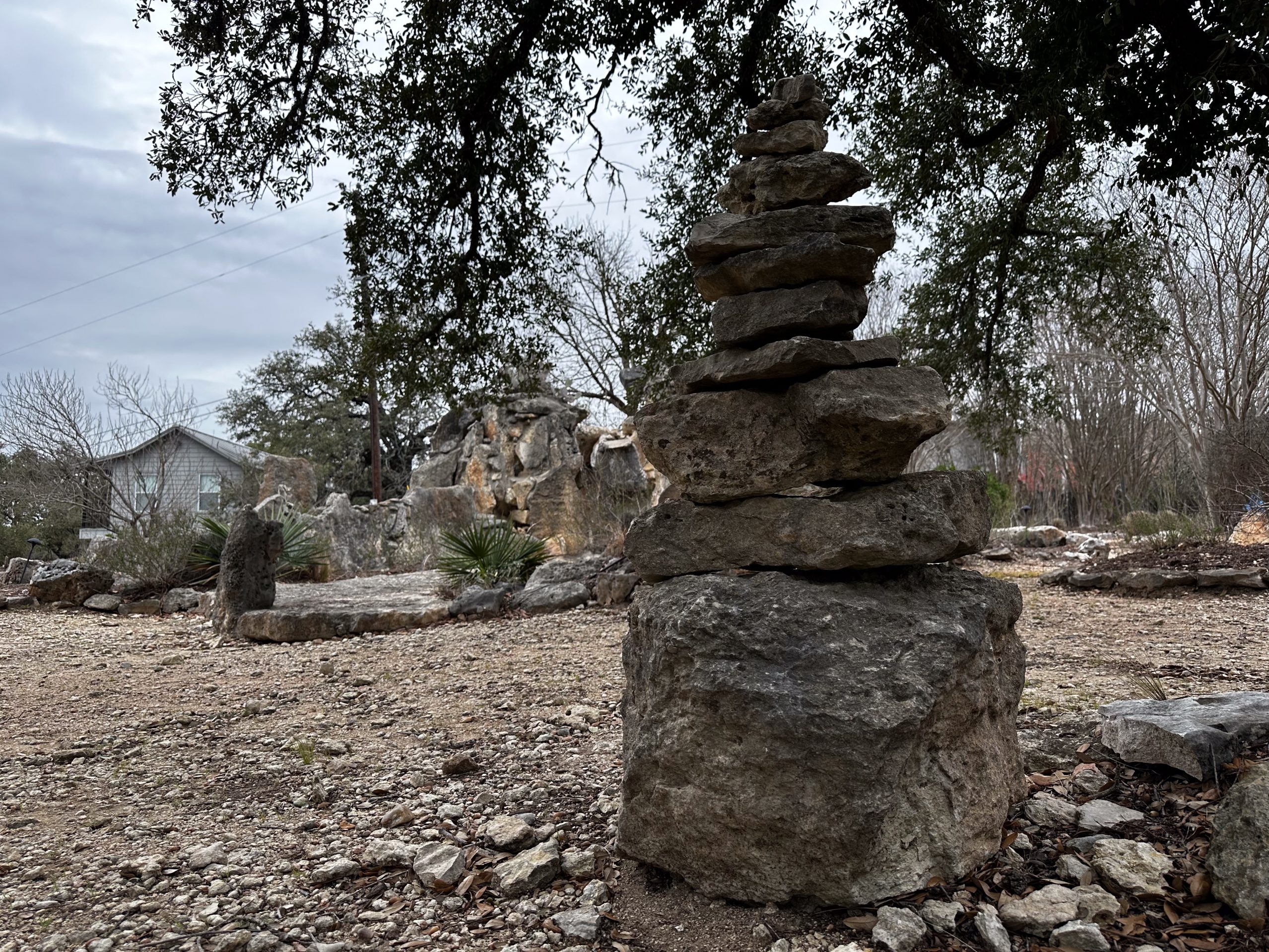
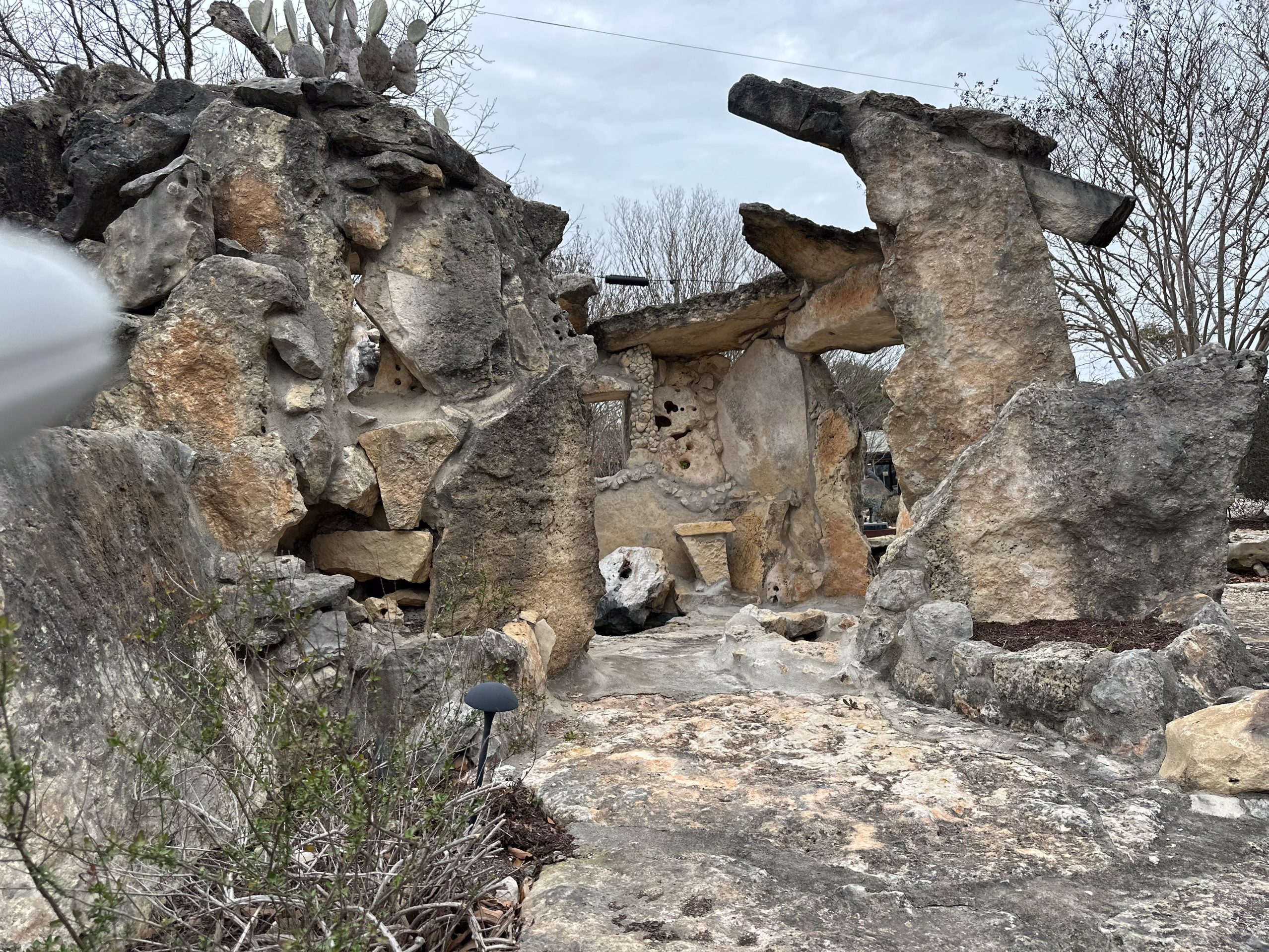

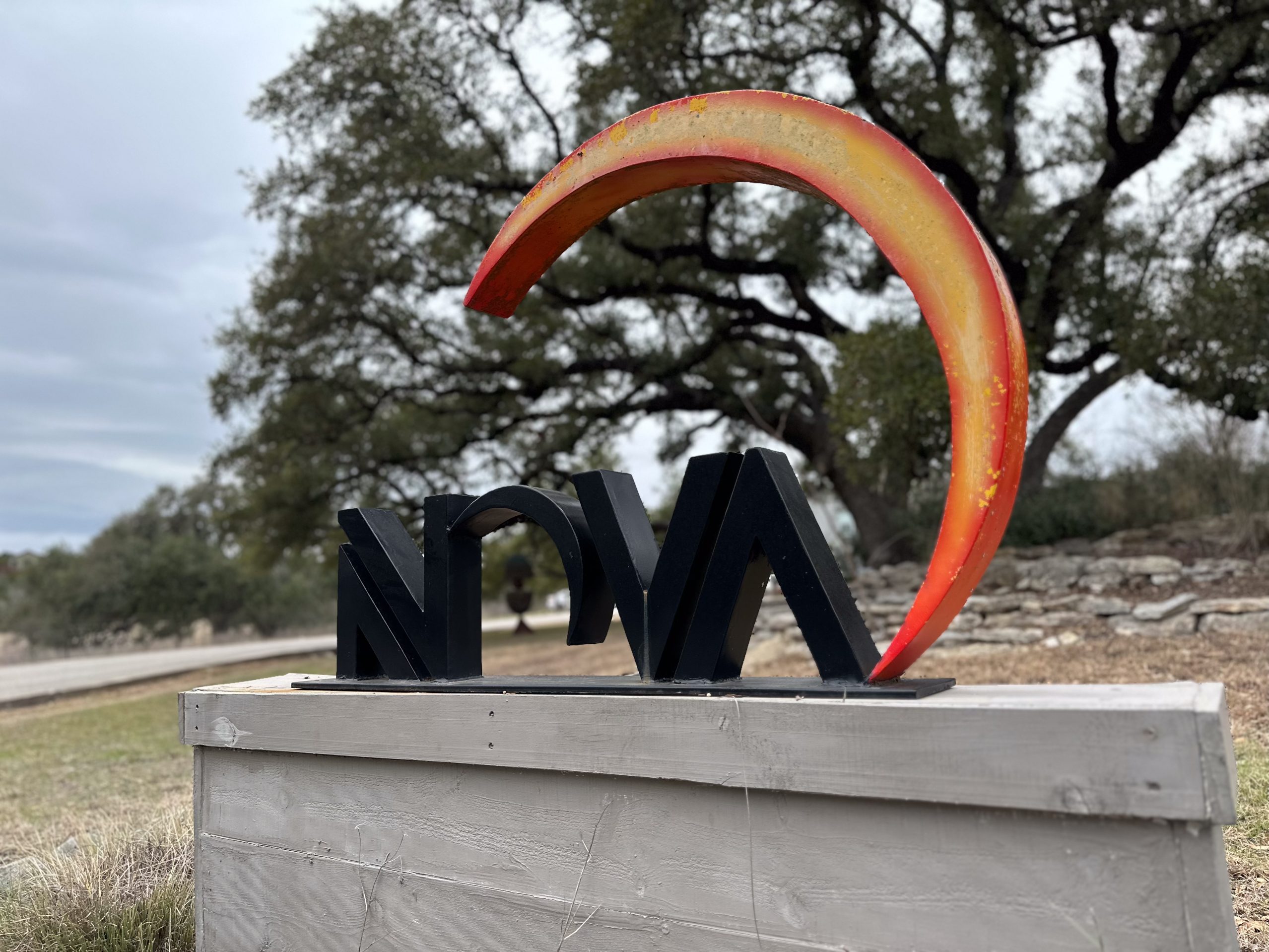
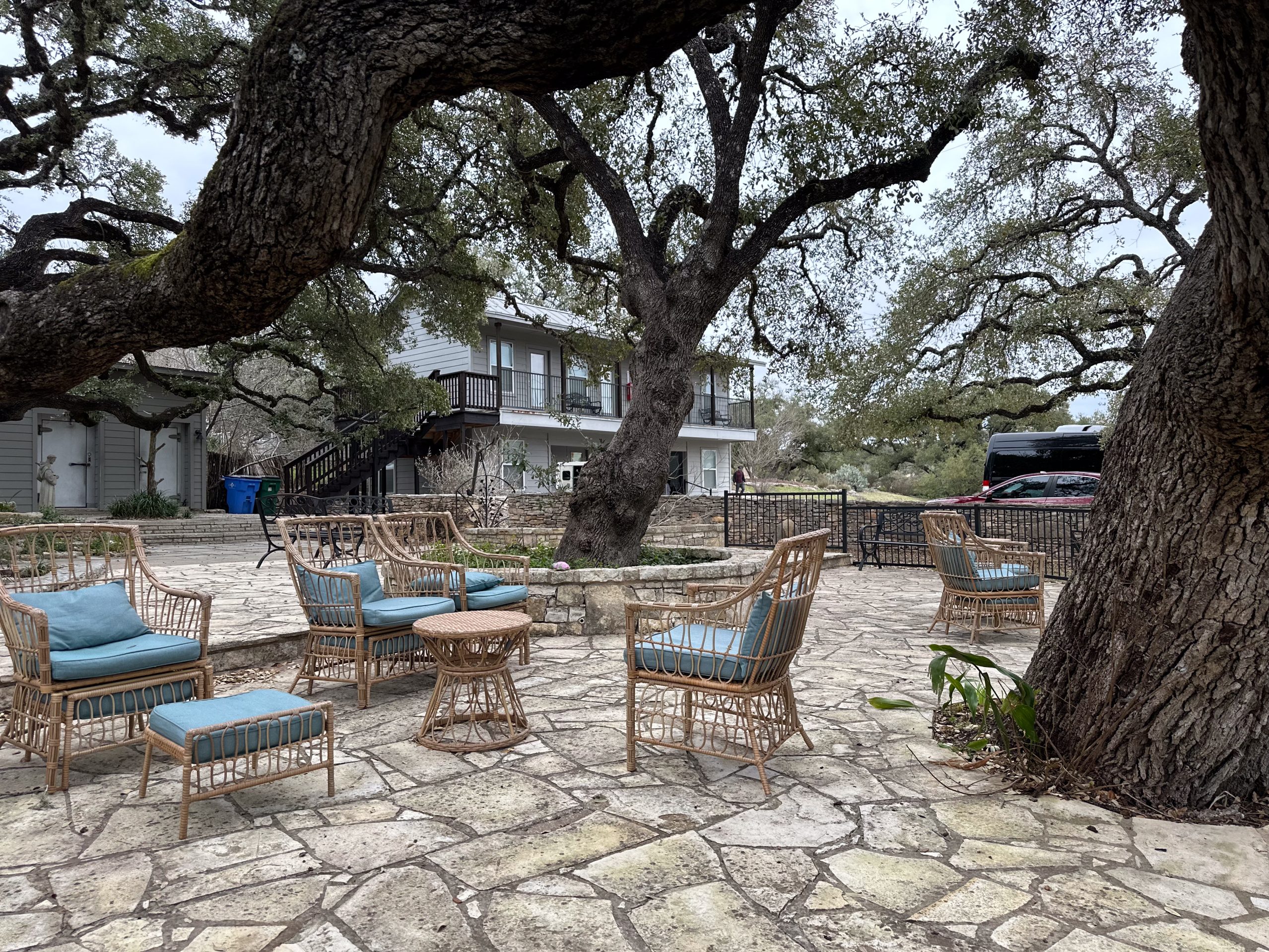
How Does Narcan Work?
Narcan blocks the opioid receptors in the brain. When someone takes too much of an opioid drug, the brain’s receptors are flooded. That’s what causes the body to shut down, leading to overdose. Narcan removes those opioids from the receptors, helping the person breathe again.
But Narcan is not a cure. It works for only a short time—usually between 30 and 90 minutes. Emergency help is still needed right away.
Signs of an Opioid Overdose
It’s important to know the signs of opioid overdose. These can include:
- Pinpoint pupils
- Trouble staying awake or loss of consciousness
- Breathing that is slow or has stopped
- Blue lips or fingernails
If you see these symptoms, call 911 and give Narcan if available.
How to Give Narcan
Narcan comes in two forms: a nasal spray or an auto-injector. Both are easy to use. The nasal spray goes directly into the nose. The auto-injector is used on the outer thigh.
If the person doesn’t wake up within two to five minutes, give another dose. After using Narcan, always call for emergency medical help.
Can Narcan Be Abused?
Narcan has no street value. It doesn’t make you feel high and won’t help with pain relief. If someone without opioids in their system takes Narcan, nothing will happen. Because of this, Narcan is not one of the addictive substances linked to misuse.
Some people worry that having Narcan may increase the risk of overdose. But research shows that giving people access to Narcan saves lives and helps them get help for opioid addiction.
Who Should Carry Narcan?
Experts suggest Narcan for:
- People who take high doses of prescription drugs for chronic pain
- Those in an addiction treatment program
- People recently treated for overdose
- Anyone at risk of using heroin or other illegal drugs
- Family members of people with opioid use disorder (OUD)
It’s also useful for those prescribed medications that treat opioid use disorder.
Side Effects of Narcan
Although Narcan saves lives, it can cause opioid withdrawal symptoms such as:
- Nausea
- Chills
- Restlessness
- Muscle aches
- Stomach pain
- Sweating
- Rapid heartbeat
In some cases, more serious side effects may occur. These include seizures, hallucinations, or irregular heartbeats.
If you notice severe symptoms, seek medical assistance right away.
Narcan’s Role in Recovery
Narcan provides a second chance, but it’s not a treatment for addiction. After surviving a heroin overdose, many people still need a full addiction treatment program. Without ongoing help, relapse is likely—and so is another overdose.
Those struggling with opioid addiction may use heroin because it’s cheaper and more potent than prescription medication. This increases their risk of overdose, especially with synthetic opioids like fentanyl.
Why Immediate Treatment Is Crucial
Many people feel motivated to seek help right after surviving an overdose. However, if there’s a delay in accessing treatment centers, they may return to using drugs.
State-funded heroin addiction treatment centers often have long waitlists. That’s why private heroin addiction treatment centers like Nova Recovery Center are important. They offer quick access—sometimes within 24 hours—and provide other ways to pay if you don’t have insurance.
More Time. More Joy. More You. Start Now.
WE ACCEPT MOST INSURANCES







Understanding the Addiction Crisis
The rise in overdose deaths shows that the crisis is far from over. Even though fewer doctors prescribe opioids for pain, many people still die from heroin and synthetic opioid use.
This points to a deeper issue. People who already suffer from opioid dependence need support, not just fewer prescriptions. Addiction is a health issue, not a moral failing.
The Diagnostic and Statistical Manual defines opioid use disorder as a mental health condition. Treating opioid use disorder (OUD) involves understanding risk factors like:
- Family history of addiction
- Trauma
- Mental illnesses
- Access to addictive substances
Without proper care, physical dependence and mental cravings keep the cycle going.
Medication-Assisted Treatment (MAT)
Medication-assisted treatment is one of the most effective treatment options for OUD. It combines medication with therapy and support groups.
Doctors prescribe medications like buprenorphine or methadone to reduce cravings and ease withdrawal. These medications also help lower the risk of overdose by stabilizing brain chemistry.
Narcan is often part of MAT as a safety tool. It does not treat addiction directly but protects the person during recovery.
What Is the Right Level of Care?
Not every person with OUD needs the same treatment plan. Options may include:
- Inpatient drug rehab
- Outpatient treatment programs
- Detox clinics
- Short term or long-term stays
- Sober living programs
A doctor or addiction specialist will recommend a level of care based on how severe the addiction is and whether the person has other medical conditions or mental health conditions.
Freedom Starts Here. Take Back Your Life Today.
Same-Day Admissions in Austin Available.
Family Support in Recovery
Addiction affects the entire family. Family members often struggle too. That’s why many treatment centers include family therapy and support groups as part of recovery.
Programs like Narcotics Anonymous also help loved ones understand the recovery process and how to provide support.
Common Questions
Can Narcan reverse all overdoses?
No. Narcan only works for opioid overdoses. It won’t help with overdoses from cocaine, alcohol, or other drugs.
Can Narcan treat addiction?
No. Narcan treats opioid overdose, not addiction itself. For full recovery, a person needs long-term addiction treatment and ongoing support.
What if Narcan doesn’t work?
Sometimes, especially with strong opioids like fentanyl, more than one dose is needed. That’s why it’s important to call 911 even if Narcan is used.
A Look at the Numbers
Data from the National Institute on Drug Abuse shows that opioid use disorder affects millions of people. Sadly, many do not get the help they need.
Even after being revived with Narcan, people often struggle to access treatment. Without follow-up care, the same people may return to using heroin or other opioids, increasing the risk of overdose again.
Why Choose Nova Recovery Center?
Nova Recovery Center provides treatment for addiction in a safe, caring setting. Our center offers:
- Long-term programs
- Inpatient and outpatient care
- Individualized treatment plans
- Behavioral therapy and support groups
- Help for co-occurring mental health conditions
- Fast admission with or without insurance
We understand the struggle of drug addiction and the danger of relying on Narcan to stay alive. We help people move beyond survival and start building a new life.
Get Help Now
If you or someone you love is caught in the cycle of overdose and addiction, don’t wait. Nova Recovery Center can help you find a treatment option that fits your needs.
We offer a full addiction treatment program, including support for those who depend on Narcan. Start your recovery journey today.
Confidential Insurance and Availability Check – Most Insurances Accepted
Frequently Asked Questions About Narcan (Naloxone)
What does the drug naloxone do?
Naloxone works by rapidly blocking the effects of opioids on the brain. It restores normal breathing in people experiencing an opioid overdose, making it a lifesaving emergency medication.
What is the difference between naloxone and Narcan?
Naloxone is the active drug that reverses opioid overdoses. Narcan is a brand name for naloxone that is widely available as a nasal spray and auto-injector.
What happens if you give naloxone to someone who doesn’t need it?
If naloxone is given to a person who is not experiencing an opioid overdose, it will not harm them. The medication has no effect on individuals without opioids in their system.
When do you give naloxone?
Naloxone should be administered immediately if someone shows signs of an opioid overdose, such as slow or stopped breathing, pinpoint pupils, or unresponsiveness. Always call 911 after giving a dose.
Why would someone carry Narcan?
Narcan is a critical tool for anyone at risk of opioid overdose, as well as their family members, friends, and first responders. Carrying Narcan ensures quick access during emergencies.
What was Narcan originally used for?
Narcan was originally approved by the FDA to reverse the dangerous respiratory depression caused by opioid overdoses in medical and emergency settings.
Narcan was originally approved by the FDA to reverse the dangerous respiratory depression caused by opioid overdoses in medical and emergency settings.
Narcan usually takes effect within two to three minutes, restoring breathing and consciousness when opioids are present in the body.
Is Narcan the same as morphine?
No, Narcan is not the same as morphine. Morphine is an opioid pain medication, while Narcan is an opioid antagonist that blocks opioid effects.
What happens in an opioid overdose?
During an opioid overdose, breathing slows or stops due to the drug’s effect on the central nervous system. This lack of oxygen can quickly become life-threatening without immediate intervention.
What are the signs of an opioid overdose?
Common signs include pinpoint pupils, slow or stopped breathing, bluish lips or nails, limp body, and loss of consciousness. Recognizing these signs quickly is vital.
How do you manage an opioid overdose?
Management includes administering naloxone immediately, calling 911, performing rescue breathing if necessary, and monitoring the individual until medical professionals arrive.
What is an overdose reversal?
An overdose reversal occurs when naloxone is used to block opioid effects, restore breathing, and prevent death from an opioid overdose.
What is the antidote for overdose?
For opioid overdoses, naloxone is the recognized antidote. It is safe, effective, and widely distributed for emergency use.
How long does it take to recover from an overdose?
Recovery depends on the type of opioid used, how much was taken, and the person’s overall health. Naloxone works quickly, but medical care is essential for full recovery.
How do hospitals reverse overdoses?
In hospitals, naloxone is often given intravenously for rapid effect, and patients are closely monitored. Doctors may also provide oxygen and supportive care to stabilize the patient.
